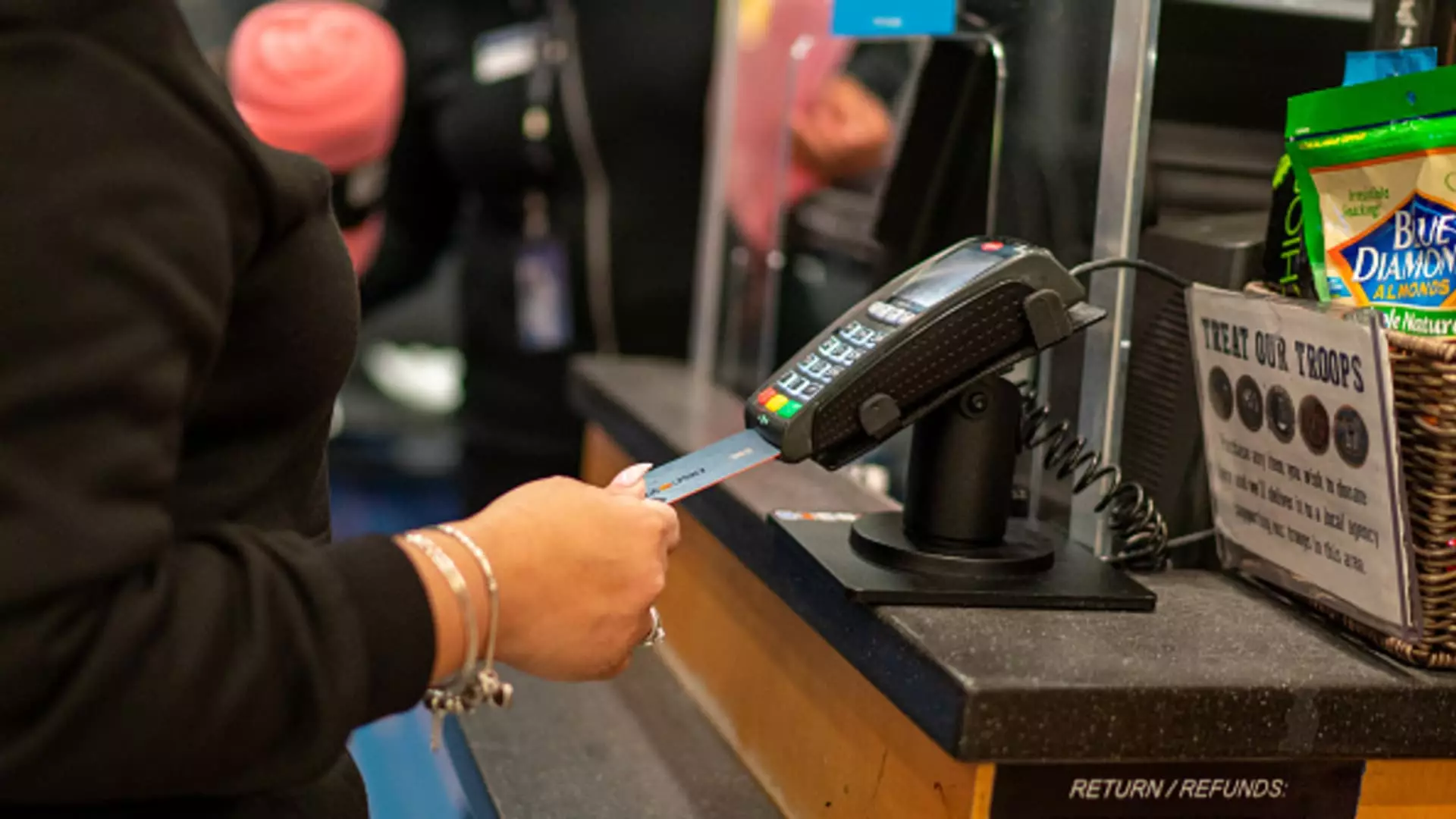The Federal Reserve recently announced that interest rates will remain unchanged with only one possible cut expected before the end of the year. This decision implies that individuals carrying balances on their credit cards will not be seeing much relief from the prevailing sky-high interest charges. According to Matt Schulz, chief credit analyst at LendingTree, consumers are advised to take matters into their own hands to lower credit card interest rates. The current average credit card rate stands at almost 21%, a significant increase from 16.34% in March 2022.
Given the high interest rates on credit cards, it is crucial for consumers to use credit wisely, particularly when dealing with high-interest products like credit cards. Michele Raneri, Vice President of U.S. research and consulting at TransUnion, suggests using credit cards only if there is confidence in paying off the balances quickly to avoid interest piling up. While the Fed projects only one interest rate cut in 2024, which may lead to a slight decrease in APRs, borrowers are urged to not wait for this adjustment. Instead, Schulz recommends taking proactive steps such as contacting card issuers for rate reduction, transitioning to zero-interest balance transfer credit cards, or consolidating and paying off high-interest cards with a personal loan.
There are still several options available for consumers, including balance transfer cards with 15, 18, or even 21 months of zero interest on transferred balances. Despite the challenging economic climate and multiple interest rate hikes, these zero-percent balance transfer cards remain readily accessible. Ted Rossman, a senior industry analyst at Bankrate, highlights the profitability for credit card issuers at this time due to increased debt and higher interest rates. However, consumers can take advantage of these offerings to combat credit card debt effectively.
Managing Credit Card Debt
Although total credit card balances in the United States have surpassed $1 trillion and continue to rise, credit card issuers are still providing generous terms on balance transfer cards. Schulz emphasizes that now is a prime time for consumers to leverage these options to tackle credit card debt effectively. Additionally, Raneri suggests exploring lower interest products or personal loans to consolidate higher interest debt and reduce monthly payments. With the average interest rate on personal loans standing slightly above 12%, this can be a viable alternative for individuals who are unable to secure zero-percent balance transfer cards.
Combating high credit card interest rates requires a proactive approach from consumers. By understanding the current market conditions, exploring alternative options such as balance transfer cards and personal loans, and effectively managing credit card debt, individuals can navigate the challenging financial landscape. It is essential to take control of one’s finances and make informed decisions to mitigate the impact of high interest charges and pave the way towards financial stability.

